
A Computer Network is a digital telecommunications network which allows nodes to share resources.It is a set of computers connected together for the purpose of sharing resources. The most common resource shared today is connection to the Internet. Other shared resources can include a printer or a file server. In computer networks, computing devices exchange data with each other using connections between nodes. These data links are established over cable media such as wires or optic cables, or wireless media such as Wi-Fi.
Advantages of Networking
- Reduce Cost. Everyone in your home or office can share a single printer and a single high-speed internet connection at the same time.

- Increased Efficiency. You can access data, pictures and many other files on any connected computer without having to save them into a USB or flash drive.

- Economical. Purchasing software network licenses is relatively cheaper than purchasing individual licenses.
- More Productivity. Shared internet access means no one needs to wait to use the internet or email. Everyone can work simultaneously.

- Increased access to communication channels. You can communicate with others in the network using the email or an Instant Messaging (IM) software.

- More efficient patching of software. Software updates need only be installed once. A patch is a piece of software designed to fix or update the data of a computer.
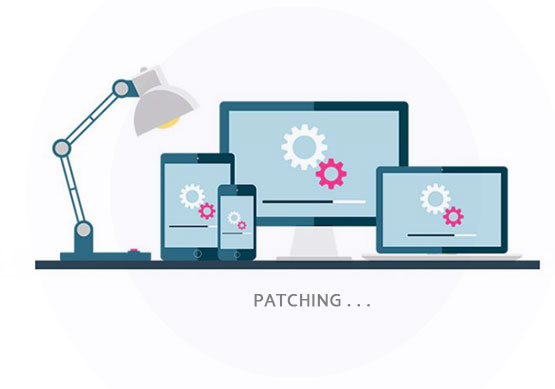
Disadvantages of Networking
- Network Failure. If the network fails, the users lose access to information and the ability to communicate electronically.
- Server Error. Server faults may prevent you from using some applications, or even from accessing your computer.

- Prone to Hacker. Your system is open to hackers, especially if it is connected to the Internet at all times.
- Prone to Virus. Networks are vulnerable to virus attacks. A virus introduced in one workstation can spread quickly to other workstations.
- Distance or Location Problem. Resources, such as printers, might be located too far from your table.

Network Media Types:
Wired Network- most efficient and practical method of networking where computers ares connected with cables.

Wireless Network - the connection of option of choice as it does not require any cables to be set in your home.
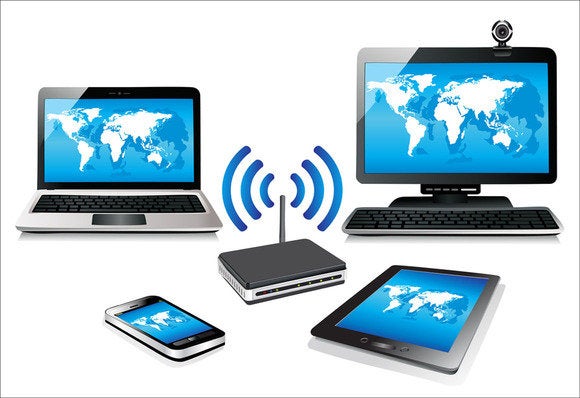
Types of Networks:
1. PAN (Personal Area Network)
-is a computer network use to interconnect devices centered on an individual workplace.
It can be used for connecting personal devices, which typically involve a mobile computer, a cellphone and/or a handheld computing device such as PDA.
2. LAN (Local Area Network)
-is a type of network where two as much as hundreds of computers are connected with each other using a network sharing device known as hub or switch.
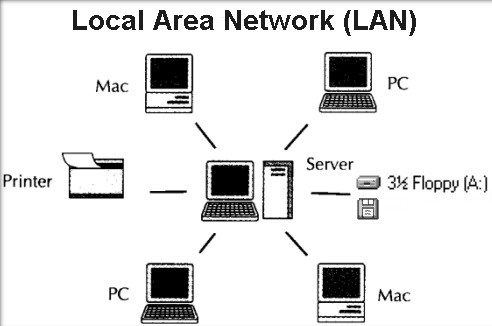
3. MAN (METROPOLITAN AREA NETWORK)
-is a larger network than LAN. It involves connecting several networks together that reside within a city, town, or metropolis.
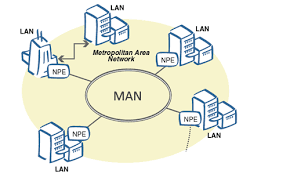
4. WAN ( WIDE AREA NETWORK)
- is a simple network consisting of interconnected LANs. It is usually dispersed over a very wide ares, and it is not uncommon to see WANs reaching across continents to link office networks.
Source: https://en.wikipedia.org/wiki/Computer_network
https://study.com/academy/lesson/what-is-a-computer-network-types-definition- quiz.html#lesson
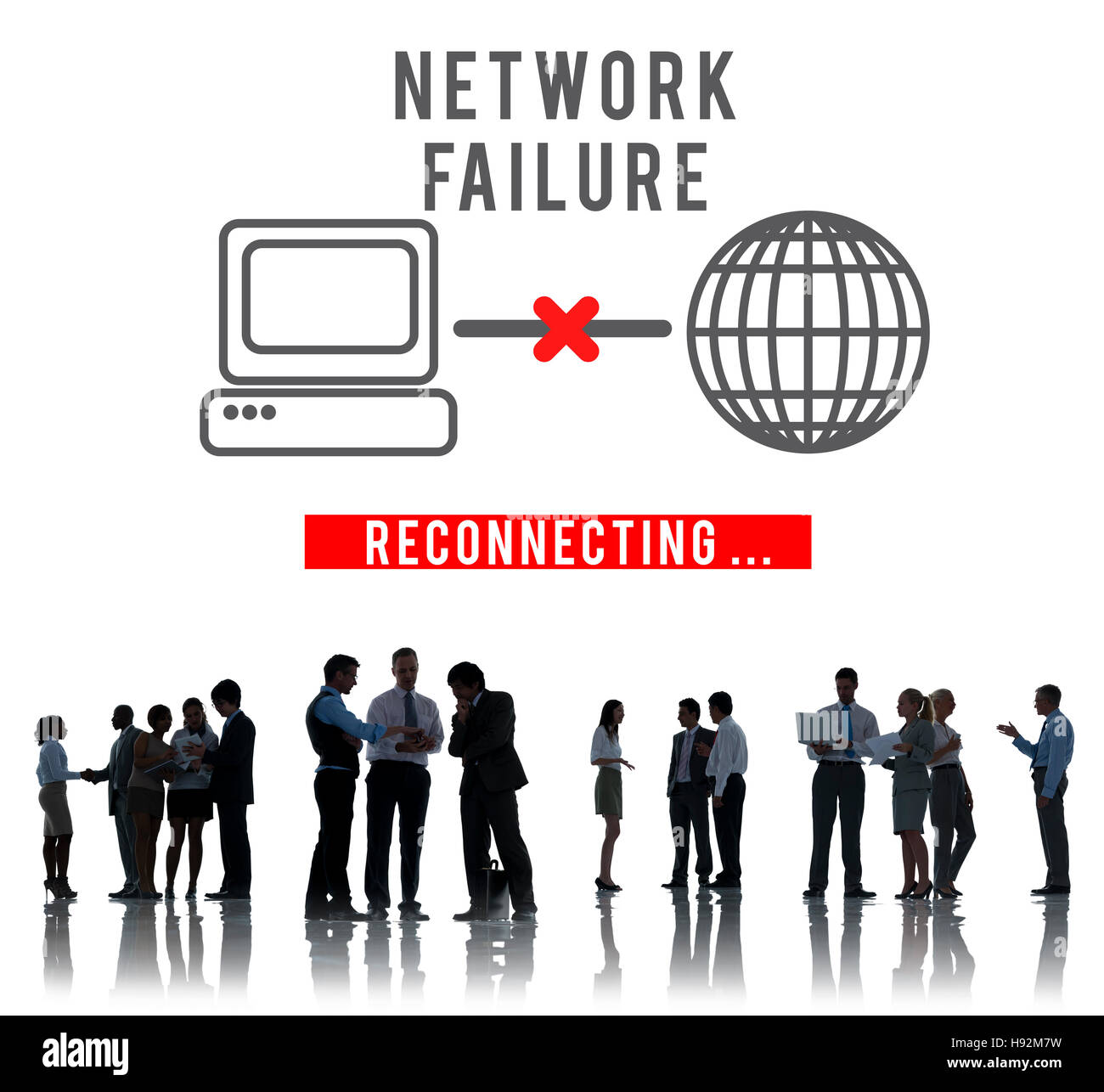





No comments:
Post a Comment